Math challenge team receives national recognition
One of Homestead’s Moody’s Mega Math challenge teams received national recognition after completing a rigorous math modeling challenge on Feb. 25. Each year, thousands of participating schools create up to two teams of five people each and enter the competition. This year’s team of Mitchell Larson and Yibo Pan, seniors, and Rachel Fu, Chris Aceto and Stephen Marcon, juniors, qualified as one of 78 papers to receive an honorable mention award.
On the day of the challenge itself, the team gathers at a teammate’s house and work for one continuous 14 hour period to analyze the data, create a mathematical model to solve the problem presented and write a 20 page paper explaining the model itself. According to the Moody’s Mega Math Challenge website, the contest is designed for students to solve “specific real-world problem that is posed each year.” Although focusing specifically on math, “the teams must be strong in Math as well as economics, computer programming, technical writing, and non-technical writing,” Mr. Joseph Ordinans, math teacher, said. This year’s challenge examined the National Forest System and climate related events.
As the team assembled at Fu’s house at 7:30 a.m., they started their day by downloading the problem and analyzing the data that they had been given.
“So I’d divide up the day into roughly 3 parts. The first part consisted of crunching the numbers we were given, making linear models of the data and starting a rough outline of what the model would end be. The second part involved fleshing out the details of the model and ranking the locations with our criteria. The final part was writing the paper explaining what we had done,” Larson said.
The team faced the greatest challenge in coming up with the model itself.
“I think the hardest part of the competition was interpreting the question and deciding how we were going to tackle it. After that, we just worked until it was done,” Aceto said.
As the day went on, though, the team created a clearer idea of what they wanted to do. “Once we had a general idea of what we were going to do, calculating the numbers and explaining became much easier,” Fu said.
The team chose to attack the problem from an economic standpoint, “deciding risk to be assigned on the basis of money spent during clean up. A large percentage of what was done was using pre-installed software in order to determine equations that describe the probability and magnitude of these somewhat unpredictable events,” Marcon said.
Despite the hard work and complex mathematical modeling, it was truly an enjoyable experience.
“There was a lot of joking around, and we also took an hour-long lunch break (while the clock was still running). Working for fourteen hours straight on math modelling is not humanly possible,” Aceto said.
Other team members also learned applicable skills for the future. “I learned the value of teamwork. A lot of students understand the value of teamwork in extracurricular activities, but it is also important to keep in mind different people have different skills, particularly as it relates to math,” Marcon said.
When asked if they would recommend participating in the challenge, the team responded with a resounding “yes!”
“Even if you feel intimidated by the math or the statistics or the calculations, step out of your comfort zone and it will 100 percent be a rewarding experience,” Fu said.
Ultimately, the benefits of the challenge outweighed the costs, as it was “one of the best experiences I have had in my time at Homestead,” Larson said.

Hannah O'Leary a senior who finds herself as the editor-in-chief of Highlander Publications. Hannah loves designing magazine spreads, but finds that she...

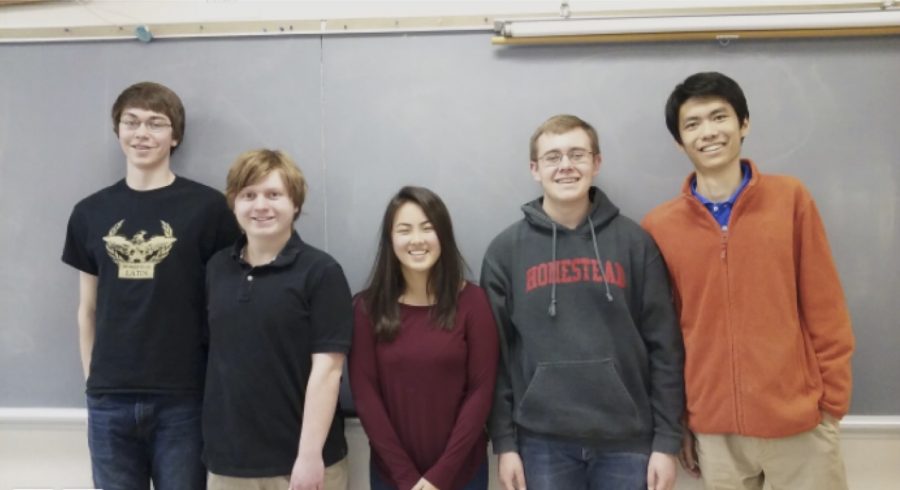
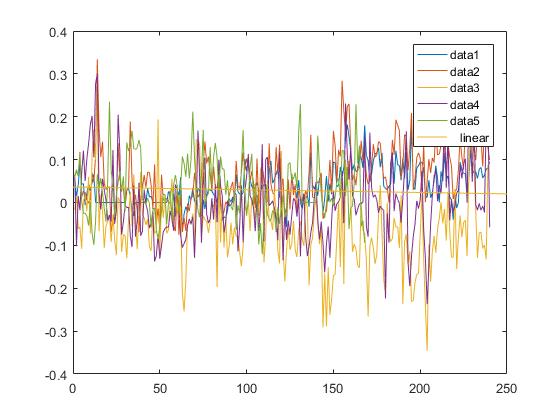

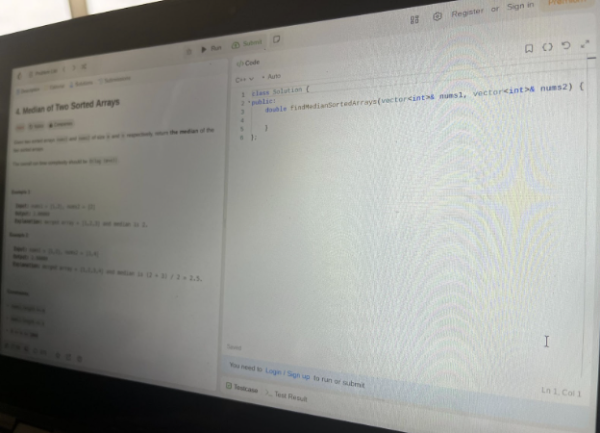
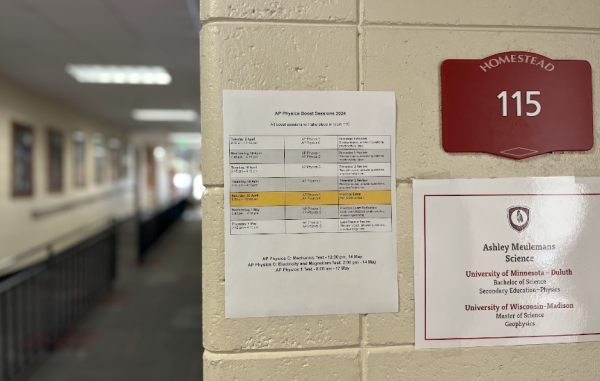
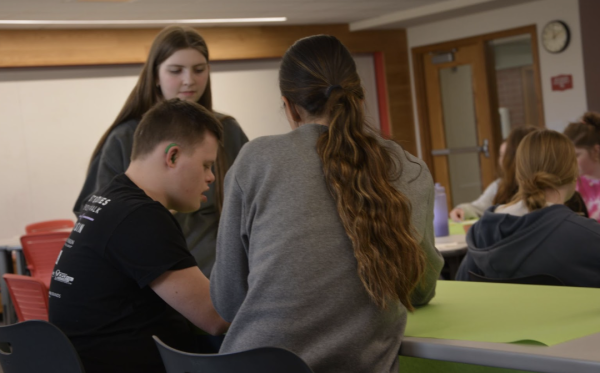

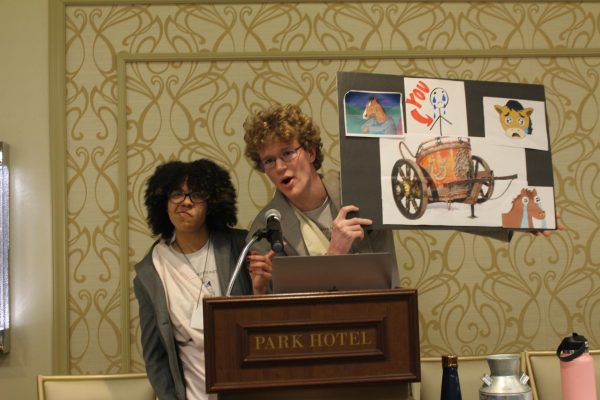
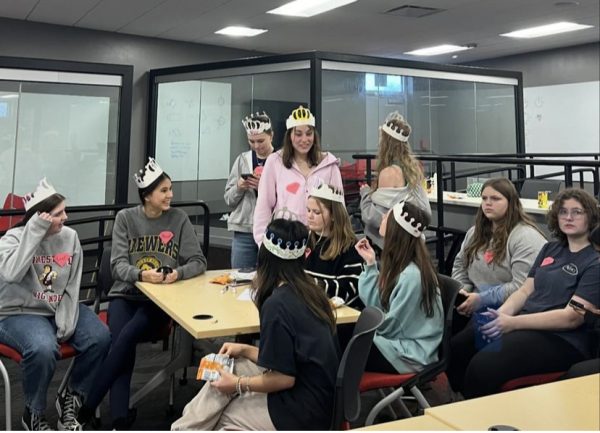

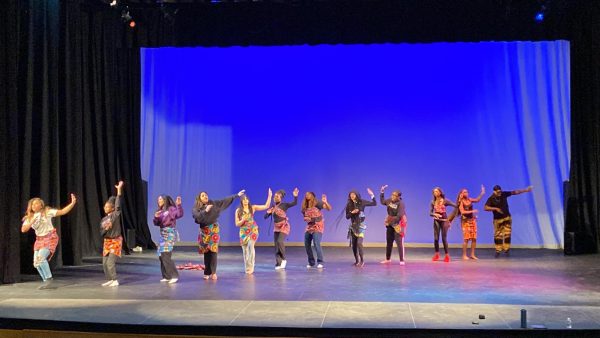
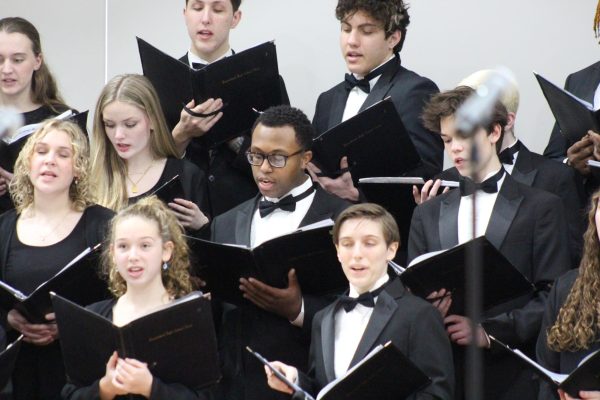

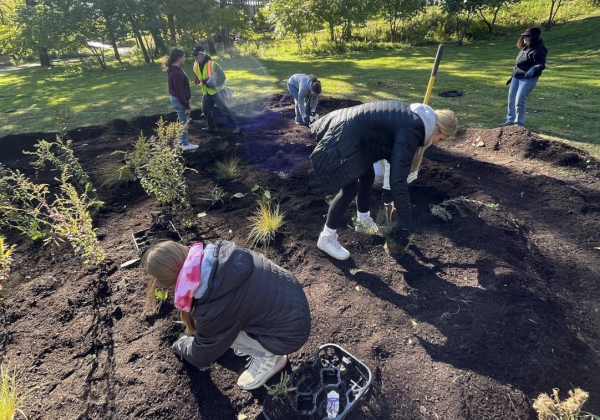
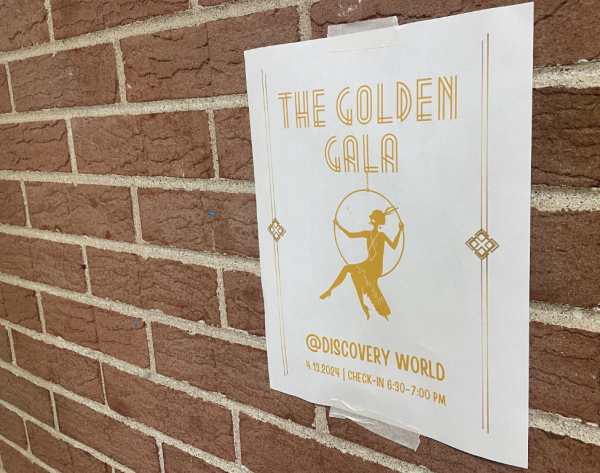


Rita Ramnarayan • Mar 26, 2017 at 4:54 am
Remember hosting the first one with Nikhil at the Ramnarayan residence .
So proud of the team and a shout out to Christopher! You re making me soooo proud .
Hugs to all.